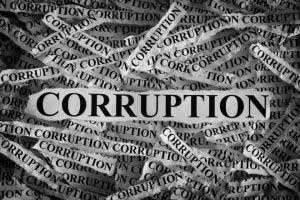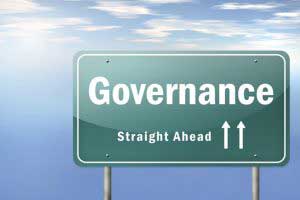Definition – “ The budget is a management instrument used by any entity, financially ensuring the dimension of the objectives, revenues, expenses and results at the management centres level and finally evaluating the economic efficiency through comparing the results with those budgeted for.”
Analysis of Zimbabwe’s Mid-term Budget review threw up some interesting statistics that in turn give rise to questions. Given that the optimum burn rate should be in the region of 50% at this stage of the year, why are there such widely differing experiences on view?
Transport and Infrastructural Development has spent 244% of its total annual budget. Here, Harare-residents have first-hand knowledge of where at least some of this over-expenditure has gone, having had to negotiate major roadworks for months.
But it is less obvious why the Ministry of Public Service, Labour and Social Welfare (responsible for social protection services, vital in this year when the El Nino cycle has wreaked such havoc on people’s lives) has utilised only 7% of its budget. Similarly Health and Child Care only 27%, Youth Empowerment, Development and Vocational Training 35% and Primary and Secondary Education 47%. (And the watchdog Audit Office has utilised only 9%.)
Percentages can be misleading, when the base figures are very different but they are still useful illustrations of intent. What is stopping some ministries from utilising their budget?
The Auditor General’s Report for the financial year ending December 2023 established that ZWL$10.3 billion allocated to social protection schemes such as the Basic Education Assisted Module were not utilized, due to the absence of an effective mechanism to identify beneficiaries. It is reported that 22% of school going age children are not in fact attending school.
Empirical evidence suggests that government ministries did not receive adequate allocations from Treasury to meet their mandates adequately. For instance, the Ministry of Health submitted a bid of ZWL$ 751 billion to Treasury for the fiscal year 2024 but received only ZWL$266 billion, just 35%. The Zimbabwe budget has successively failed to allocate 4-6% of GDP, or 15-20% of the budget, to the education sector (Education 2030 Incheon Declaration and Framework for Action) or the 15% on health (spelled out by the Abuja Declaration).
Where does a Ministry, that overspends its allocated budget, get those funds? What measures can be implemented to improve the budget utilisation rates in critical social welfare sectors such as Health and Education? Is the budget allocation a management tool or something to be played with to suit changing priorities?








